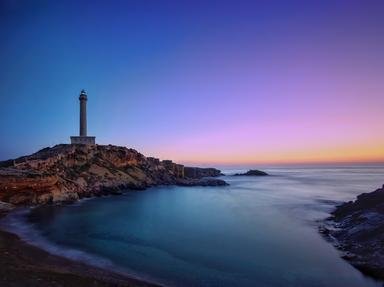Quiz Answer Key and Fun Facts
1. The Blue Riband of the Atlantic requires the fastest westbound passage, though the winners were fast in both directions. Why westbound?
2. One of the earliest record-setters on the Atlantic run was the SS Great Western. Who was one of her principal designers?
3. From 1838 to 1898, British liners held the Blue Riband - except for a few years in the early 1850s. What American shipping line briefly captured the speed record?
4. In 1872, the White Star liner Adriatic captured the Blue Riband from Cunard, becoming the first record-holder to use a new propulsion technology. What was it?
5. The Inman liner City of Paris was the first Blue Riband holder to average over 20 knots westbound - just barely, at 20.01 knots. When did she break the 20-knot barrier?
6. Decades of British dominance of the Blue Riband were ended in 1898 by a German liner. What was her - or his - name?
7. Which liner won the Blue Riband in 1909 and held it for nearly 20 years?
8. Which German liner won the Blue Riband in 1930, but spent most of her career under the French flag?
9. Only one Italian ship has ever won the Blue Riband. What was the name of this Italian greyhound?
10. The fabled Normandie was one of the two fastest liners of the late 1930s. What type of powerplant did she have?
11. Normandie and Queen Mary traded the Blue Riband back and forth in the late 1930s. Normandie finally won, in 1938.
12. Arguably, the history of the Blue Riband ended with the SS United States' westbound crossing of 1952. What was her average speed on that voyage (to the nearest half-knot)?
13. Through to 1909, this was the last port of call in Europe for most Blue Riband voyages. After 1909, none of the record voyages began here.
14. Though not a Blue Riband winner, Cunard's Queen Elizabeth 2 was a true Atlantic liner. What was her top speed, after she was re-engined with a diesel electric powerplant in the 1980s?
15. The Hales Trophy was originally awarded for the fastest Atlantic crossing (either east or west) by a passenger ship. In 1936, the record was set by RMS Queen Mary - but she never received the Trophy. Why not?
Source: Author
ignotus999
This quiz was reviewed by FunTrivia editor
stedman before going online.
Any errors found in FunTrivia content are routinely corrected through our feedback system.
